Jingping Ancient Village is located west of the Wushui River, 1.5 kilometers away from the ecological city of Zhongfang County. Up to now, the village has been Huaihua’s Vocational Education City Base, the National 3A Level Scenic Spot, and the Driving License Test Center. The villagers mainly focus on developing tourism and planting industries, and have won honors such as “National Civilized Village”, “National Advanced Grassroots Party Organization”, and “Annual Top Level Tourism Area”.
1. Cultural Boom
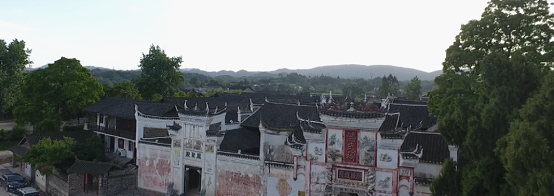
There are over 20 cultural relics in Jingping Ancient Village, including ancestral halls, ancient post roads, time-honored trees, wells, and residences, which contribute to a profound historical and cultural heritage.
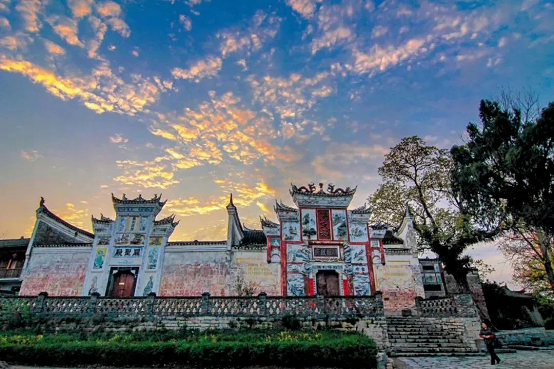
According to the Jingping’s Pan Clan Genealogy, the Ancestral Hall was first constructed in the Song Dynasty (960-1279). At that time, an ancestral temple was conventionally set up to enshrine ancestral tablets and perform simple rituals. The existing hall was built during the Hongwu period of the Ming Dynasty (1368-1398). It is not only a simple record of the clan and a tribute to ancestors, but more importantly, it is a manifestation of family surname culture.
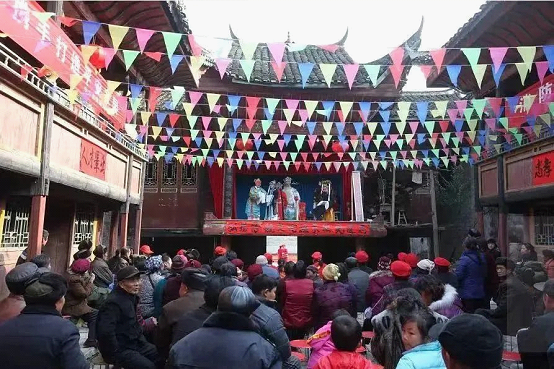
On the stage of the Ancestral Hall, tourists can enjoy programs such as the operas of Nuo, Ba Wang Bian, and Yu Gu, which are created, directed, and performed by villagers in Jingping, which would bring people back in the distant past.
2. Ecological Beauty
Jingping Ancient Village enjoys a long history, beautiful environment, and outstanding talents. It is a provincial-level spiritual civilization village and one of the “pollution-free” vegetable bases in Hunan Province. According to historical records and research by cultural relics departments, there is a Paleolithic site in the village that dates back 50,000 to 100,000 years, called the Xinyuan Site. Its discovery filled the gap in Paleolithic artifacts in Hunan Province.

The Jingping Ancient Village is 15 kilometers away from the urban area of Huaihua City. It is a national agricultural tourism demonstration site, a national cultural relic protection unit, a historical and cultural village in Hunan Province, and a characteristic tourism village in Hunan Province.
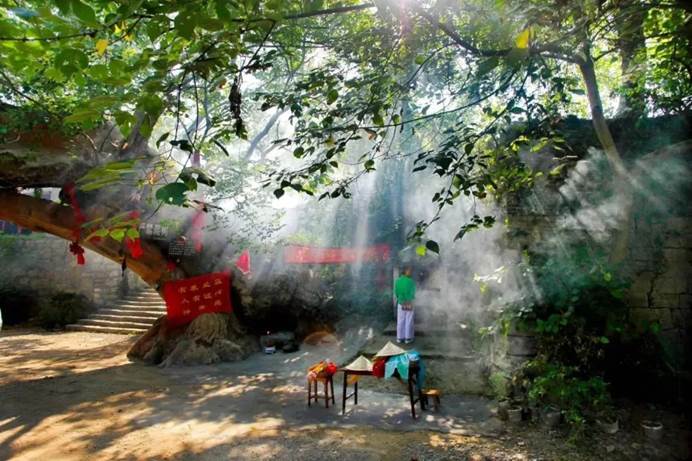 |
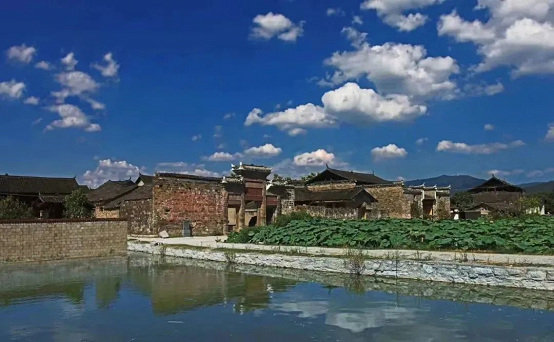
There are seven thousand-year-old trees in the village, all displayed in the shape of the Big Dipper. The trees are classified according to their species, belonging to the Euphorbiaceae family and the Chongyang species. Locals call them Chongyang trees. According to the forestry department’s calculations, they are over 1,000 years old.
3. Scenic Spots
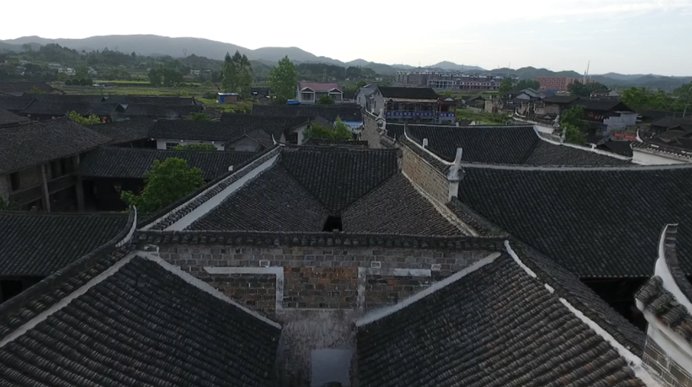 |
First, Former Residence of Pan Shiquan. Jingping Ancient Village is the hometown of Pan Shiquan, the first teacher of Emperor Qianlong (1711-1799). The former residence of Pan Shiquan is located in Lane 5 of the Pan family courtyard, with an original construction area of over a thousand square meters. It consists of a main entrance, a foyer, a courtyard, left and right horizontal houses, a main house, and a backyard. The courtyard is very spacious, and the foyer has two floors, which are connected to the left and right horizontal houses with a horse-walking tower.
Second, the Arch of Chastity and Filial Piety. It was first built in May of the fifth year of the Yongzheng reign (1727) and completed two years later in July. This chastity memorial arch was awarded by Emperor Yongzheng (1678-1735) in honor of Pan Shiquan’s aunt, Madame Li, who was in the commendation of Wang Zuoren, the magistrate of Qianyang, and in the inscription of Wang Guangdian. The memorial archway is made of black brick and red sandstone, with four columns and three open double eaves. The “filial piety” is inscribed in the archway with the pattern of two dragons and two phoenixes on the top, where is inlaid with two dragons battling for the treasure, and a word “decree” is engraved in the middle to show the meaning of “imperial edict”.

Third, the Alley of Eight Diagrams. The alley was designed by the ancestors of the fifth and sixth clan of the Pan family when they first built the Pan family courtyard. It was built during the dynasties of Yuan (1206-1368) and Ming (1368-1644). At present, it is mainly inhabited by two groups of villagers, namely, memorial archway and Xinyuan. They are all the descendants of the fifth and sixth clan of the Pan family, with a total of about 100 households and 500 people. The Alley of Eight Diagrams is composed of nine parallel blue stone alleys with lengths in the range of 100 meters. Among them, village gates are set up at the alley in eight directions, which can be divided into square and arch shapes.
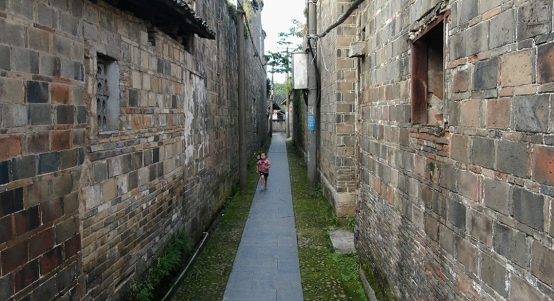
4. Riverside Fair
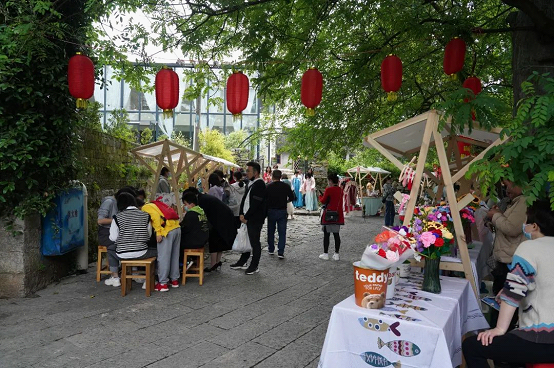
Riverside Fair is a large-scale market event that gathers youth creativity, intangible cultural heritage inheritance, and ethnic handicrafts. The boom has attracted nearby residents, students, and tourists. Standing in the Riverside Fair, people are overwhelmed by a dazzling array of ethnic handicrafts, such as tie-dyes, fresh flowers, aromatherapy oils, and such creative handicrafts as pearl paintings, handmade weaving, calligraphy fans, and creative head-dress. The Riverside Fair, integrating handicrafts into cultural and creative activities, plays an important role in promoting traditional and ethnic culture.
(Translated by Tian Xia)
